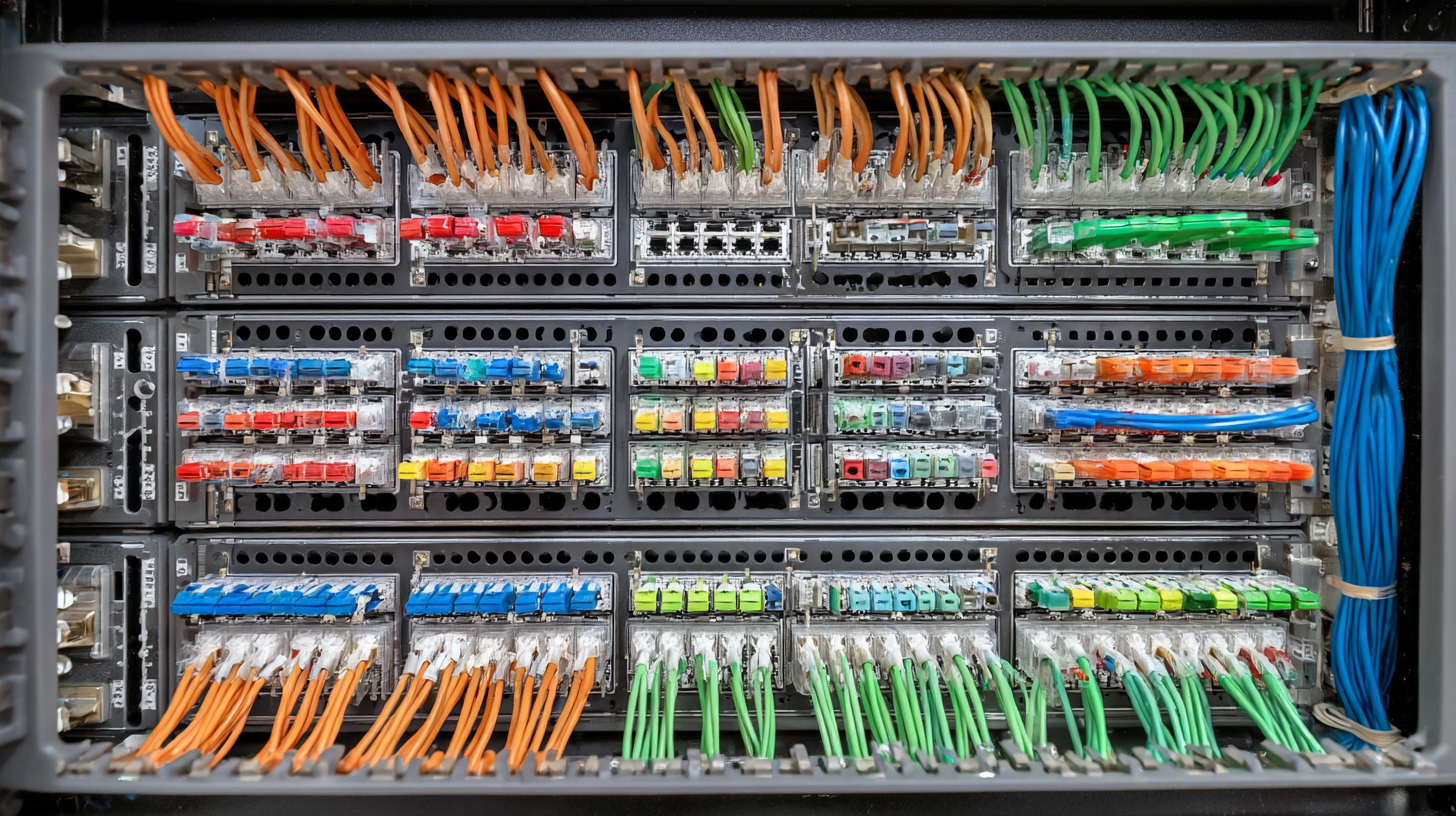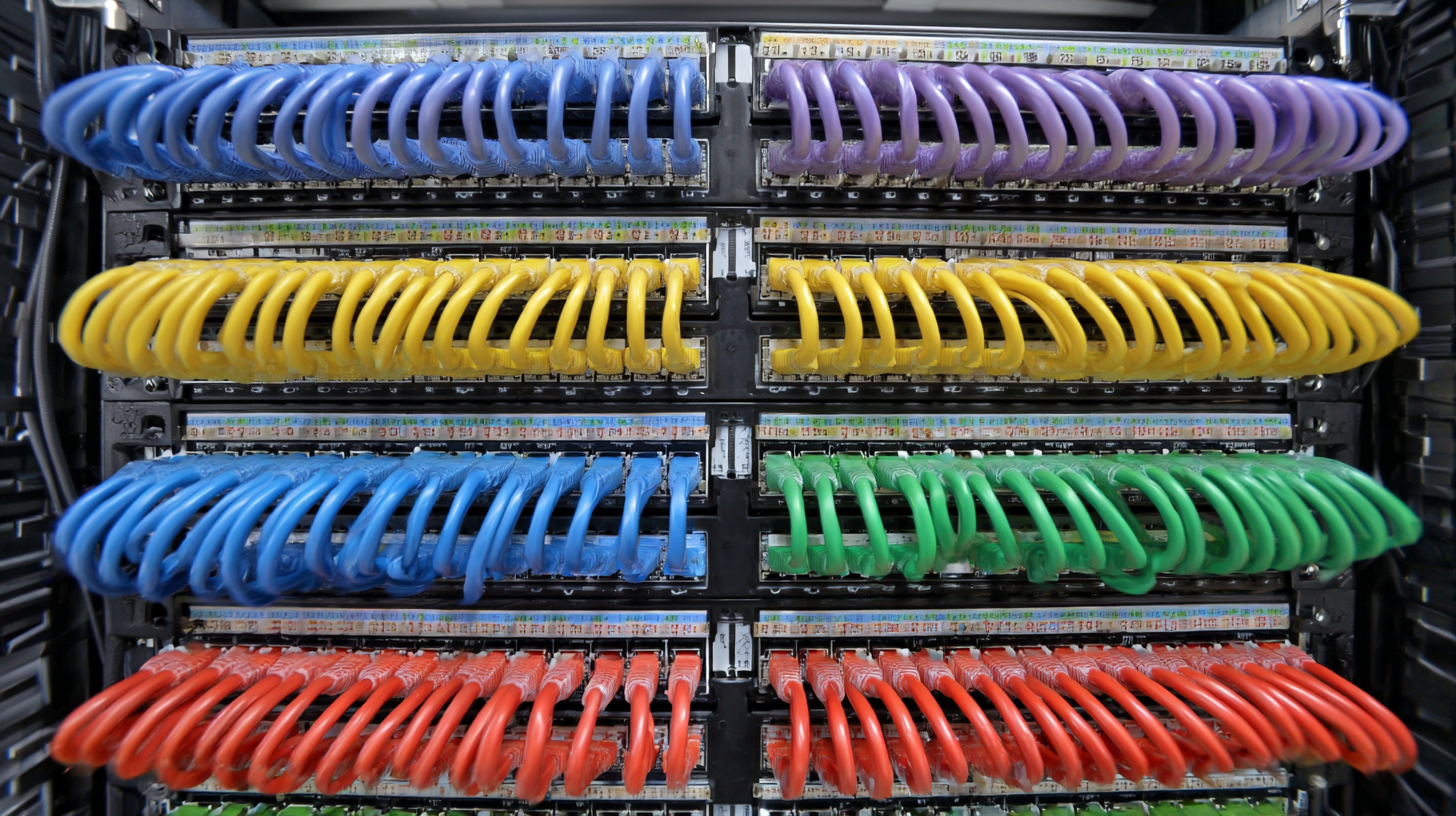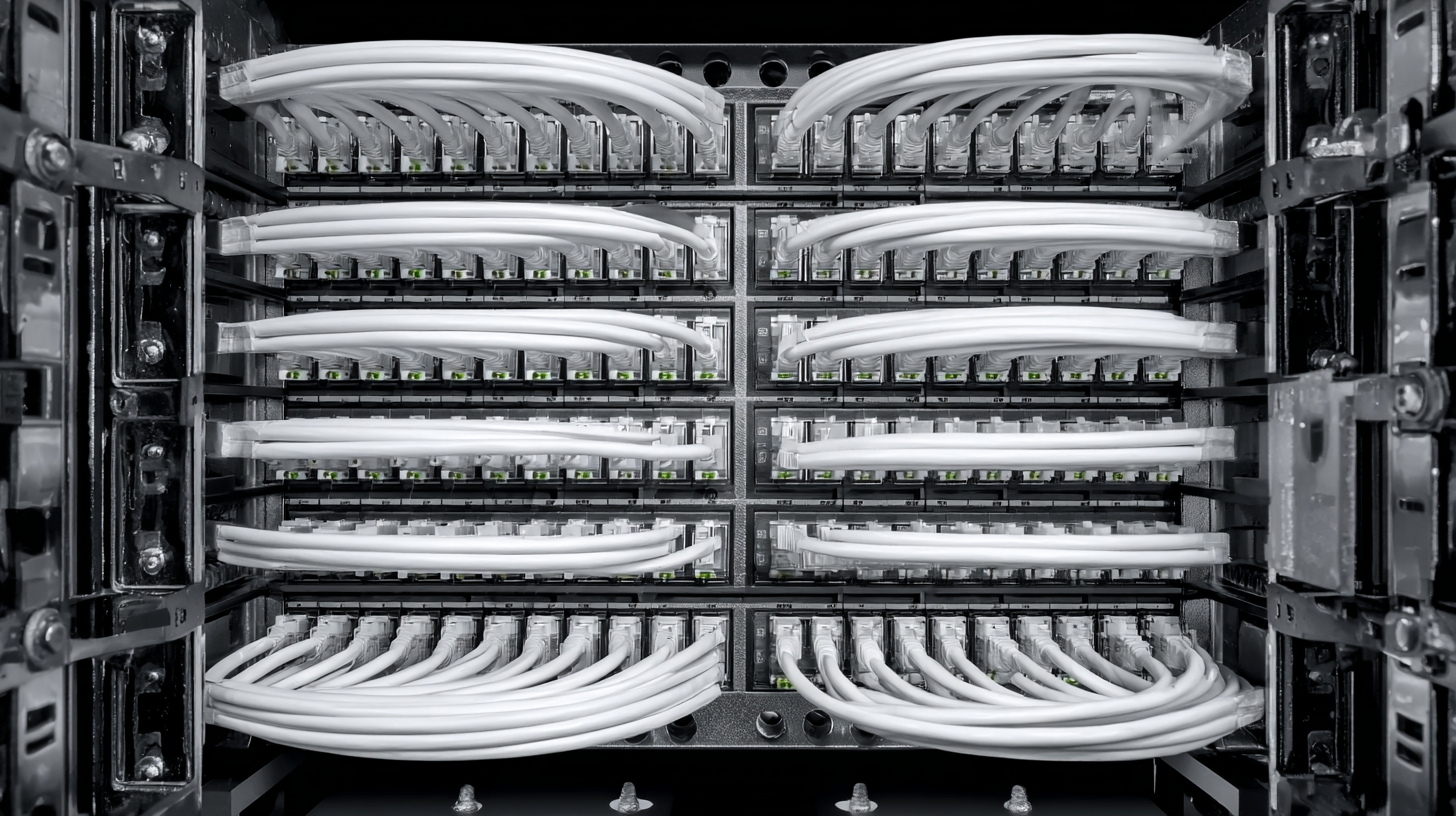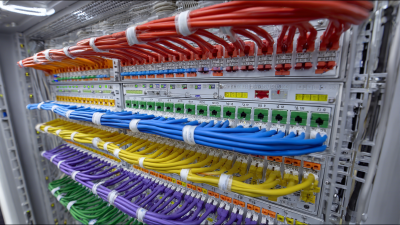How to Choose the Right Fiber Patch Panel for Your Networking Needs
In today's rapidly evolving technological landscape, the demand for efficient and reliable networking solutions is paramount. According to the Fiber Optic Association, the global fiber optics market is expected to reach $6.5 billion by 2027, highlighting the increasing reliance on fiber-based infrastructure. A crucial component of this infrastructure is the fiber patch panel, which facilitates the organization and management of fiber optic connections within a network. Selecting the appropriate fiber patch panel is essential for optimizing performance, ensuring scalability, and minimizing downtime in communication networks. This guide aims to provide insights into the key considerations and criteria that should be evaluated when choosing the right fiber patch panel to meet specific networking needs, ensuring that your infrastructure can adapt to the future demands of connectivity.

Understanding the Different Types of Fiber Patch Panels Available
When selecting the right fiber patch panel for your networking needs, it’s essential to understand the various types available in the market. Fiber patch panels can be classified into several categories, including splice-only, pre-terminated, and MPO (multi-fiber push-on) patch panels. Each type serves different purposes and is designed to optimize network performance based on specific requirements.
The global patch panel market is witnessing significant growth, projected to expand from $1.28 billion in 2024 to $2.78 billion by 2032, reflecting a compound annual growth rate (CAGR) of 10.19%. This surge is indicative of the increasing reliance on fiber optics in network infrastructures and the need for efficient management of fiber connections. Understanding the distinct functions and specifications of each type of patch panel can help IT professionals make informed choices that align with their networking objectives, maximizing both performance and operational efficiency. This is particularly crucial as organizations look to enhance their networks amidst rapid technological advancements.
How to Choose the Right Fiber Patch Panel for Your Networking Needs - Understanding the Different Types of Fiber Patch Panels Available
| Type of Fiber Patch Panel | Description | Port Capacity | Installation Type | Best Use Case |
|---|---|---|---|---|
| Rack-Mounted Patch Panel | Designed to fit into a standard 19-inch equipment rack. | 12, 24, 48 ports | Rack-Mount | Data Centers, Telecommunication Rooms |
| Wall-Mounted Patch Panel | Compact design that mounts directly to a wall. | 6, 12, 24 ports | Wall-Mount | Small Office, Home Networks |
| Splice Tray Patch Panel | Holds fiber splices and provides connectivity. | Up to 96 ports | Floor-Mount | FTTH (Fiber to the Home) Applications |
| Hybrid Patch Panel | Combines fiber and copper connectivity. | 12, 24, 48 ports | Rack-Mount | Mixed Media Networks |
| Optical Distribution Frame (ODF) | Used for fiber optic distribution management. | Up to 144 ports | Floor-Mount | Large Scale Network Operations |
Evaluating Key Features and Specifications for Fiber Patch Panels
When selecting a fiber patch panel, it is crucial to evaluate key features and specifications that align with your networking needs. First, consider the size and density of the patch panel, as this determines the number of fiber connections it can accommodate. Panels come in various configurations, including 1U to 4U sizes, which cater to different rack space availability. Additionally, the panel's capacity, typically ranging from 12 to 144 ports, should match your current and future fiber demands.
Another essential factor is the type of connectors supported by the patch panel, such as LC, SC, or ST connectors. Ensure compatibility with your existing cabling infrastructure and devices. Furthermore, look for features like scalability, which allows for easy expansion as your network grows. The quality of materials and design also plays a role in durability and heat dissipation, influencing performance over time. Lastly, consider additional functionalities such as integrated management systems for efficient organization and troubleshooting. By thoroughly evaluating these aspects, you can choose a fiber patch panel that enhances your networking efficiency and flexibility.
Assessing Your Network Size and Future Expansion Needs
When selecting the right fiber patch panel, understanding your network size and potential for future expansion is crucial. According to a report from the International Data Corporation (IDC), the global data traffic is expected to increase by 61% annually through 2025. This growth necessitates careful consideration of how much capacity and flexibility your patch panel needs to accommodate both current and future demands. For small to mid-sized businesses, starting with a patch panel that supports 24 to 48 ports can provide a balance between scalability and budget.
Furthermore, it's vital to assess your network's topology. If you anticipate significant growth or plan to integrate new technologies such as IoT devices, opt for modular patch panels that allow for easy upgrades. A survey by Market Research Future predicted the fiber optic patch panel market will grow at a compound annual growth rate (CAGR) of 11.8% from 2020 to 2027, indicating that investing in a versatile solution now can safeguard your networking infrastructure against the demands of tomorrow. By understanding your current network size and planning for expansion, you can make informed decisions that will support your organization's growth trajectory.
Network Size and Future Expansion Needs
Comparing Costs and Budget Considerations for Fiber Patch Panels
When considering the costs and budget for fiber patch panels, it’s essential to evaluate both initial investment and long-term savings. While some panels may have lower upfront costs, they may lack durability or features that provide value over time. Investing in a higher-priced fiber patch panel could mean enhanced performance, easier installation, and reduced maintenance costs, making it a more economical option in the long run.
Additionally, when comparing different fiber patch panels, take into account the scalability and features that align with your networking needs. Features such as the number of ports, manageability, and compatibility with existing infrastructure can significantly impact overall value. Balancing your budget with these considerations will help you make an informed decision, ensuring that you select a fiber patch panel that not only fits your financial plan but also meets your technical requirements.

Installation and Maintenance Tips for Optimal Fiber Patch Panel Performance
When it comes to optimizing the performance of fiber patch panels, installation and maintenance are crucial elements that should not be overlooked. According to a report by the Optical Fiber Communications Conference, up to 70% of network downtime can be attributed to faulty connections, improper installation, and lack of regular maintenance. Therefore, investing time in a proper installation procedure is essential. Ensure that the patch panel is mounted securely in an environment that is not prone to excessive heat or humidity. Proper labeling of cables and adherence to best practices for cable management can also dramatically reduce troubleshooting time and enhance overall networking efficiency.

For ongoing maintenance, routine inspections are vital. The Telecommunications Industry Association suggests that a quarterly maintenance schedule should include checking for physical damage to cables and connectors, ensuring cleanliness of the connections, and verifying the integrity of the optical signals. Using equipment to perform tests on fiber attenuation and continuity can catch issues before they evolve into bigger problems. Moreover, maintaining an updated inventory of all fiber patch panels and associated equipment can facilitate smoother upgrades and replacements, ensuring that your networking needs continue to be met efficiently and effectively.
Related Posts
-

How to Choose the Right UTP Cat 6 Cables for Your Network Needs
-

7 Best Practices for Selecting the Right Patch Panel for Your Network
-

What is the Importance of Network Fiber Optic Cable in Modern Communication
-

Innovative Solutions for Optimizing Enterprise Networking Efficiency
-

7 Best Patch Cable Options for Seamless Connectivity Solutions in 2023
-

Innovative Solutions for Enhancing Network Performance with Quality Patch Cables
